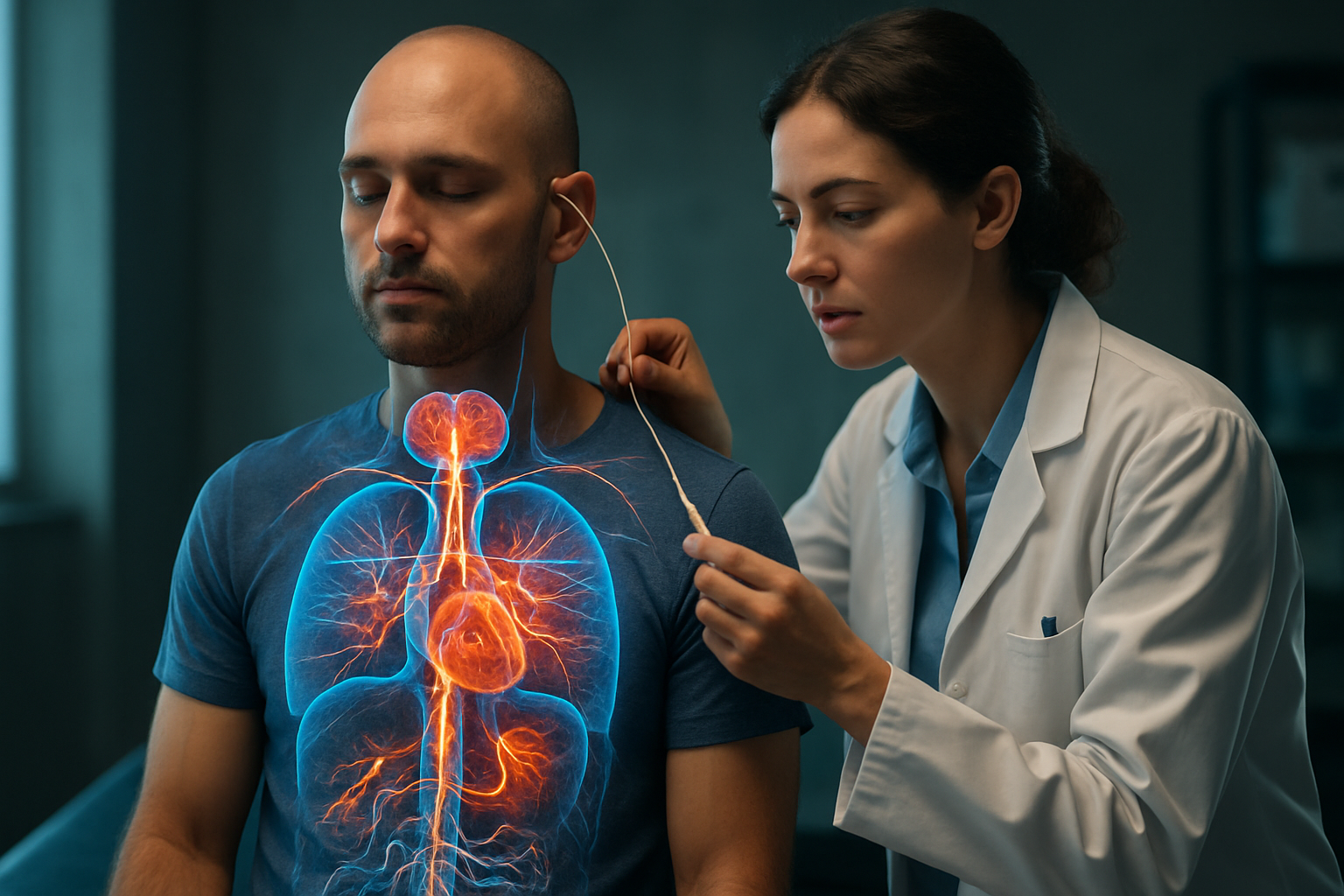Understanding Crohn's Disease: Symptoms, Causes, and What to Expect in 2025
Crohn's disease is a chronic condition that affects millions. This guide explores the symptoms of Crohn’s disease, including how it manifests in females, the stages of active Crohn's, and what to expect when living with this condition. View real-life Crohn's disease pictures and learn about treatment options.

How Crohn’s Disease Affects the Body
Crohn’s disease can impact any part of the digestive system, from mouth to anus, though it most commonly affects the small intestine and beginning of the large intestine. The inflammation penetrates deep into the layers of bowel tissue, causing abdominal pain, severe diarrhea, fatigue, weight loss, and malnutrition. The disease can also affect other parts of the body, including joints, skin, and eyes.
Symptoms of Crohn’s Disease in Females
Women with Crohn’s disease may experience unique symptoms and challenges. Common manifestations include irregular menstrual cycles, increased risk of iron deficiency anemia, and complications during pregnancy. Female patients often report more frequent urinary tract infections and may experience symptoms that worsen during menstruation. Additionally, some women notice changes in vaginal health and fertility-related concerns that require specialized attention.
What to Expect with Active Crohn’s
During active disease phases, patients typically experience flare-ups characterized by intense symptoms. These periods can include severe abdominal cramping, urgent bowel movements, loss of appetite, and fever. Patients may need to modify their diet, increase medication dosages, or seek immediate medical attention. Understanding trigger factors and maintaining regular communication with healthcare providers becomes crucial during these active phases.
What Crohn’s Disease Pictures Can Show
Medical imaging plays a vital role in diagnosing and monitoring Crohn’s disease. Endoscopic images can reveal inflammation patterns, ulcers, and strictures in the intestinal wall. CT scans and MRI studies help visualize complications such as fistulas or abscesses. These visual tools assist healthcare providers in assessing disease progression and adjusting treatment plans accordingly.
Treatment Options for Crohn’s Disease in 2025
Current treatment approaches focus on reducing inflammation, managing symptoms, and preventing complications. Standard medications include anti-inflammatory drugs, immune system suppressors, and biologics. Emerging therapies in development include targeted molecular treatments, stem cell research, and innovative drug delivery systems. Dietary modifications, stress management, and regular exercise continue to play supporting roles in comprehensive treatment plans.
Treatment costs vary significantly based on the chosen therapeutic approach:
| Treatment Type | Average Monthly Cost | Insurance Coverage |
|---|---|---|
| Biologics | $1,500-$7,000 | Often partially covered |
| Immunomodulators | $200-$1,500 | Usually covered |
| Corticosteroids | $50-$500 | Generally covered |
| Alternative Therapies | $100-$400 | Limited coverage |
Prices, rates, or cost estimates mentioned in this article are based on the latest available information but may change over time. Independent research is advised before making financial decisions.
The outlook for Crohn’s disease management continues to improve with advancing medical technologies and treatment options. While there is no cure, proper diagnosis, regular monitoring, and adherence to prescribed treatment plans help many patients achieve and maintain remission, leading to improved quality of life and reduced complications.
This article is for informational purposes only and should not be considered medical advice. Please consult a qualified healthcare professional for personalized guidance and treatment.




